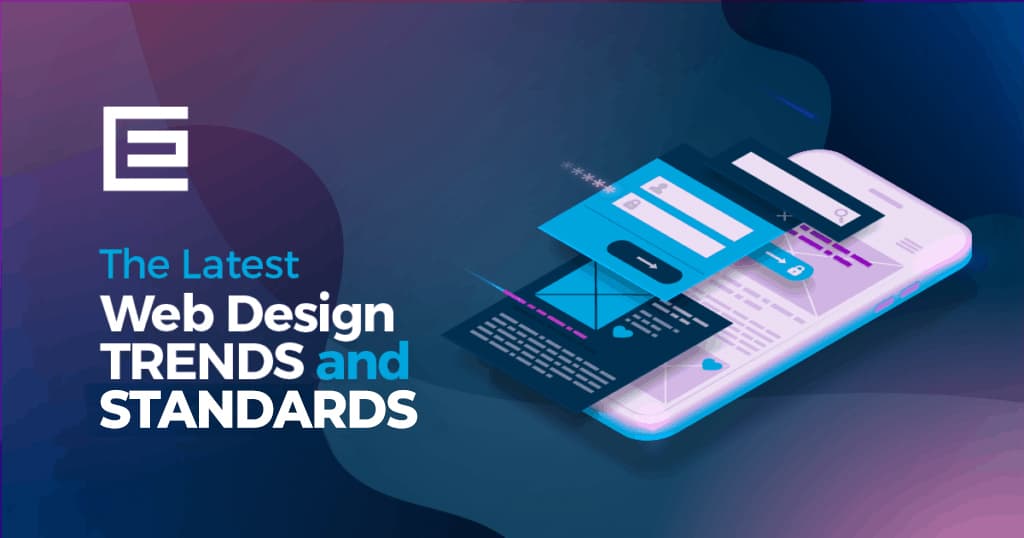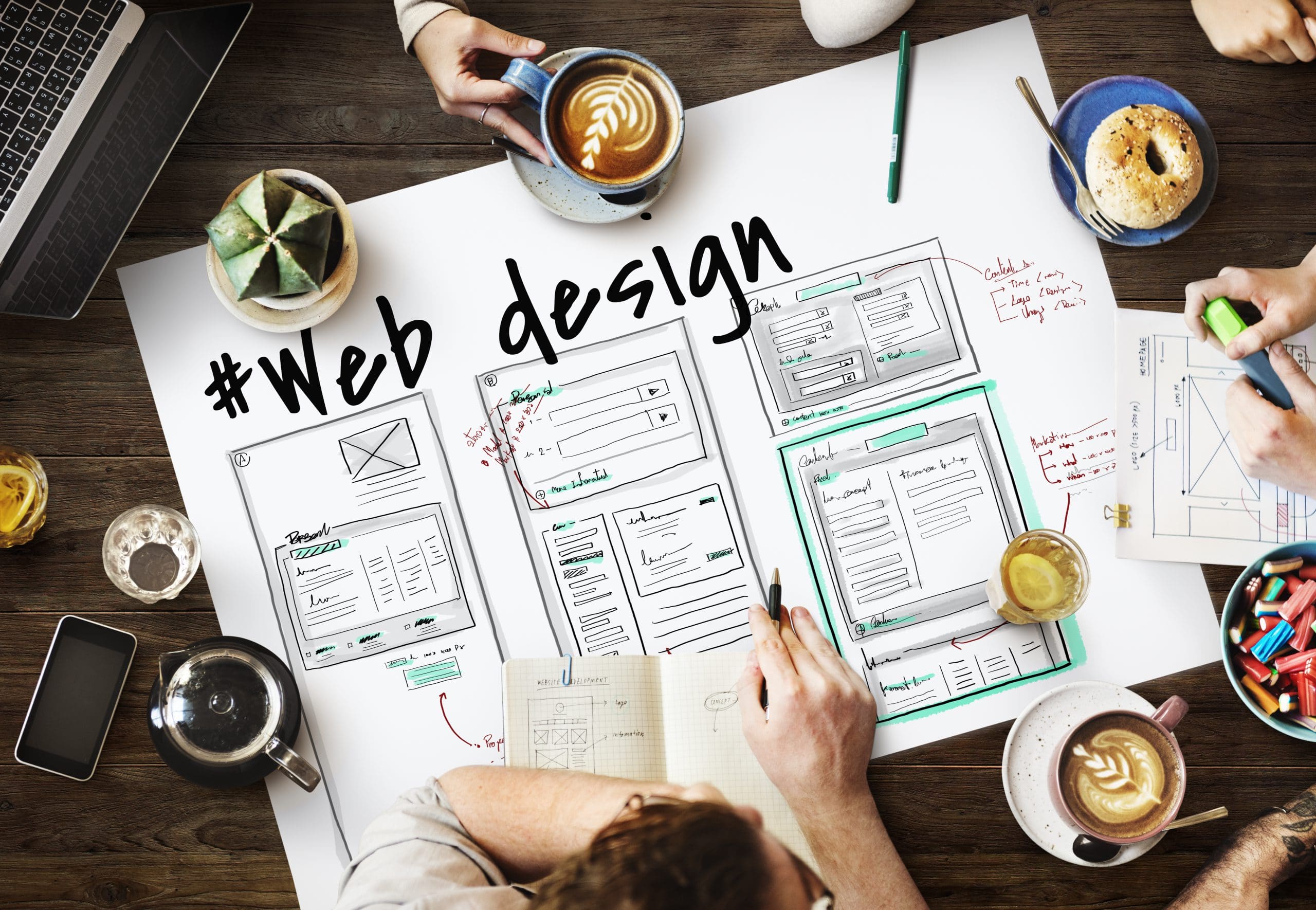The Most Effective Sorts Of Web Style to Enhance User Experience and Involvement
In the ever-evolving landscape of digital interaction, the performance of Web design considerably affects individual experience and involvement. Numerous style techniques, such as minimal, responsive, and interactive formats, each offer one-of-a-kind benefits that can satisfy diverse user needs. Understanding which kinds of Web layout best serve these objectives can be essential for organizations aiming to enhance client contentment and retention. The inquiry remains: which style aspects really reverberate with users and foster purposeful interaction? The exploration of these concepts discloses important understandings that might redefine your method to Web design.
Minimal Web Design
As digital landscapes end up being significantly chaotic, minimal Web style has actually become an effective technique to improving customer experience. This layout approach focuses on simplicity, concentrating on essential elements while removing unnecessary distractions. By making use of adequate white space, straightforward navigating, and a limited shade palette, minimal layout promotes clearness and guides customer interest to essential web content.
The core principle of minimalist Web style is to develop a smooth communication for customers. By minimizing cognitive lots, customers can quickly comprehend info without really feeling overwhelmed. This direct approach not just boosts usability yet likewise urges involvement, as visitors are more probable to check out a website that is visually attractive and simple to browse.
Furthermore, minimal style frequently stresses typography and images, making use of these aspects purposefully to share messages properly. This concentrate on essential components can improve brand name identification and produce a memorable customer experience. Fundamentally, minimalist website design is not simply a trend; it is a thoughtful approach that recognizes the value of user-centered design. By stripping away nonessential components, designers can produce a much more appealing, effective, and enjoyable Web experience for all individuals.
Receptive Website Design
In today's varied electronic environment, receptive Web style has actually become essential for producing a seamless user experience throughout a multitude of devices. As customers access web sites on smart devices, laptop computers, desktops, and tablets, the capability of a site to adjust its format and web content to various screen dimensions and resolutions is critical.
Responsive website design utilizes flexible grids, photos, and CSS media inquiries to make certain that Web content is presented efficiently, no matter the tool made use of. This strategy not just enhances the aesthetic appeal of a site yet also dramatically enhances use. Users are more probable to involve with a site that provides a regular experience, as it gets rid of the frustration of having to zoom in or scroll excessively.
By adopting receptive style, organizations can enhance their visibility and reach a more comprehensive audience. In summary, receptive Web layout is a basic practice that improves individual experience, engagement, and total fulfillment.
Interactive Website Design
Responsive Web layout lays the foundation for improving customer experience, but interactive Web layout takes this an action even more by involving users in a much more dynamic way - Aligned Position Web Design. By including aspects such as animations, clickable prototypes, and real-time feedback, interactive Web layout mesmerizes individuals, drawing them right into a richer surfing experience
This strategy not just fosters interaction however additionally urges users to explore content proactively as opposed to passively eating it. Techniques such as gamification, where users earn rewards for completing tasks, can considerably improve the moment invested on a website and enhance general complete satisfaction. Interactive attributes can streamline complex details, making it much more digestible and pleasurable.

Incorporating interactive style components can also cause higher conversion rates, as customers are most likely to involve with a site that actively entails them. Aligned Position Web Design. Ultimately, interactive Web layout changes user experiences right into memorable trips, guaranteeing that site visitors return time after time
Flat Style
Defined by its minimalistic technique, level design emphasizes simplicity and functionality, stripping away unnecessary components and focusing on essential features. This design viewpoint prioritizes functionality, making sure that individuals can browse useful content interfaces effortlessly and effectiveness. By using a tidy visual, level layout gets rid of the mess commonly discovered in much more elaborate styles, thereby enhancing customer concentrate on content and functionality.
The hallmark of level style lies in its use bold colors, easy typography, and geometric shapes. These elements add to a visually appealing interface that is both modern and friendly. In addition, flat style promotes a sense of quality, enabling individuals to discern essential activities and details without diversion.
Additionally, flat layout is especially reliable in receptive Web layout, as its simplicity converts well my sources across various devices and screen dimensions. The absence of detailed structures and slopes reduces loading times, which is important for maintaining individual engagement. As electronic landscapes remain to progress, flat design stays a relevant option for creating straightforward sites that boost total experience. By concentrating on crucial features, level design not only fulfills individual needs however also motivates smooth interaction, making it an important part of reliable Web style approaches.
Adaptive Web Layout
Adaptive Web layout tailors the customer experience by creating multiple repaired designs tailored to various screen sizes and devices. Unlike responsive style, which fluidly changes a single design, flexible layout uses distinctive formats for certain breakpoints, guaranteeing ideal presentation on different platforms. This method enables designers to concentrate on the one-of-a-kind qualities of each device, enhancing usability by delivering precisely what customers need based on their context.
One of the key benefits of flexible Web design is its ability to enhance tons times and performance. By serving customized web content and pictures that fit the individual's tool, internet sites can decrease information usage and enhance loading speeds. This is particularly advantageous for users with slower connections or restricted data plans.

Furthermore, flexible design promotes a more consistent and regulated branding experience. Considering that designers create hop over to these guys several formats, they can guarantee that the visual aspects align with the brand name's identification across different platforms - Aligned Position Web Design. This leads to a natural individual experience, improving engagement and promoting individual retention
Verdict
In conclusion, the assimilation of minimalist, responsive, and interactive website design concepts considerably improves individual experience and involvement. Minimalist design fosters clearness and focus, while responsive style makes sure flexibility throughout numerous devices, promoting ease of access. Interactive style mesmerizes individuals through vibrant aspects, urging expedition and customization. Jointly, these layout comes close to add to the production of user-friendly environments that not just enhance satisfaction but additionally drive greater conversion prices, highlighting their essential relevance in contemporary Web design techniques.

Minimal layout cultivates quality and emphasis, while receptive design ensures flexibility across various devices, promoting ease of access. Collectively, these design approaches contribute to the development of straightforward settings that not just enhance contentment yet additionally drive greater conversion prices, emphasizing their critical importance in contemporary Web design methods.
Comments on “Aligned Position Web Design: Comprehensive Web Design Solutions for Small and Large Businesses”